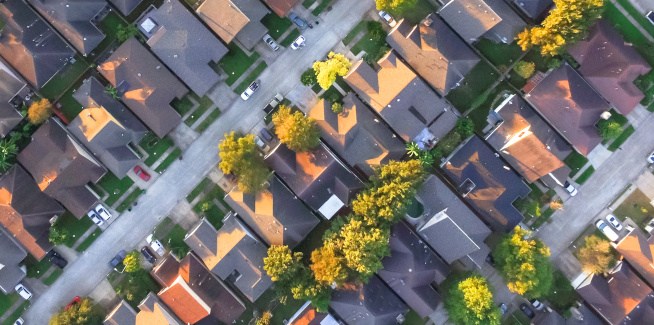The latest Dwelling Approvals data from the Australian Bureau of Statistics (ABS) has revealed that, in seasonally adjusted terms, total building approvals rose by 2.5 per cent in January, following a 8.1 per cent drop in December 2018.
The uptick in residential dwelling approvals was driven by a 3.8 per cent increase in unit approvals (from an 18.7 per cent fall in December), and a 1.9 per cent increase in house approvals (from a 1.7 per cent decline).
In its analysis of the data, ANZ Research observed: “The overall trend in approvals remains soft, but it is slightly encouraging that the pace of declines at the end of 2018 hasn’t continued.”
However, ANZ Research noted that the number of approvals remains “well below” the annual trend, with total dwelling approvals down 29 per cent year-on-year.
On a state-by-state basis, Western Australia reported the sharpest rise in approvals, up 29 per cent month-on-month, with unit approvals up 184 per cent, while house approvals rose 3 per cent.
NSW also reported a strong rise in dwelling approvals, which rose by 12 per cent month-on-month, led by a 18 per cent increase in unit approvals and a 7 per cent rise in detached housing approvals.
Conversely, the downward trend in approvals across Victoria continued with an 8 per cent fall in January, spurred by a 22 per cent decline in unit approvals and a 2 per cent drop in house approvals.
Total approvals also dropped in Queensland, falling for the seventh consecutive month down 4 per cent, with unit approvals declining by 8 per cent and house approvals falling by 2 per cent.
South Australia also reported a drop in total dwelling approvals, which fell 2 per cent, driven by a 20 per cent decline in unit approvals, partly offset by a 4 per cent rise in house approvals.
Economist at BIS Oxford Economics Maree Kilroy noted that despite showing signs of an improvement, the ABS data reflects an underlying downturn in demand for high-density housing.
“The downturn in high-density appears well entrenched, falling 76 per cent in January from the peak of the cycle, Ms Kilroy said.
“Showing no signs of easing, Queensland and Victoria continue to weaken as oversupplies in some inner-city pockets discourage future high-rise development.”
The general weakness in housing market conditions was also reflected in property research group CoreLogic’s latest Hedonic Home Value Index, which revealed that national home values fell by 0.7 of a percentage point in February, driven by a 0.9 of a percentage point decline across Australia’s combined capital cities and a 0.3 of a percentage point drop across combined regional locations.
On an annual basis, CoreLogic has reported that national dwelling values fell by 6.3 per cent in the 12 months to February 2019, largely spurred by a 7.6 per cent decline across Australia’s capital cities, particularly in Sydney and Melbourne where home prices declined by 10.4 per cent and 9.1 per cent, respectively.
The latest Financial Aggregates data from the Reserve Bank of Australia (RBA) has also reported that in the month to 31 January 2019, total housing credit volumes grew 0.2 of a percentage point in seasonally adjusted terms, a 0.1 of a percentage point decline from the 0.3 of a percentage point growth in December 2018.
Further, in the year to January 2019, housing credit grew by 4.4 per cent, slowing by 1.9 per cent when compared to growth of 6.3 per cent reported in the 12 months to 31 January 2018.
The slump was triggered by owner-occupied credit growth of 6.3 per cent over the same period, and investor credit growth of 1.0 per cent.
[Related: New lending ‘norm’ continues drag on property prices]
 ;
;
